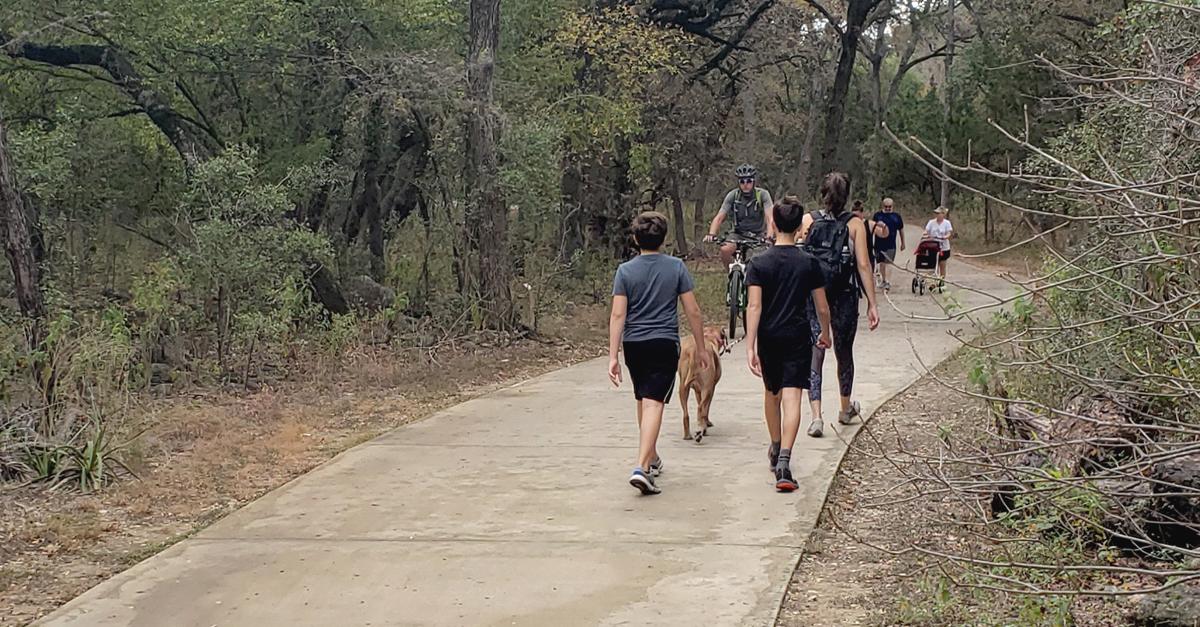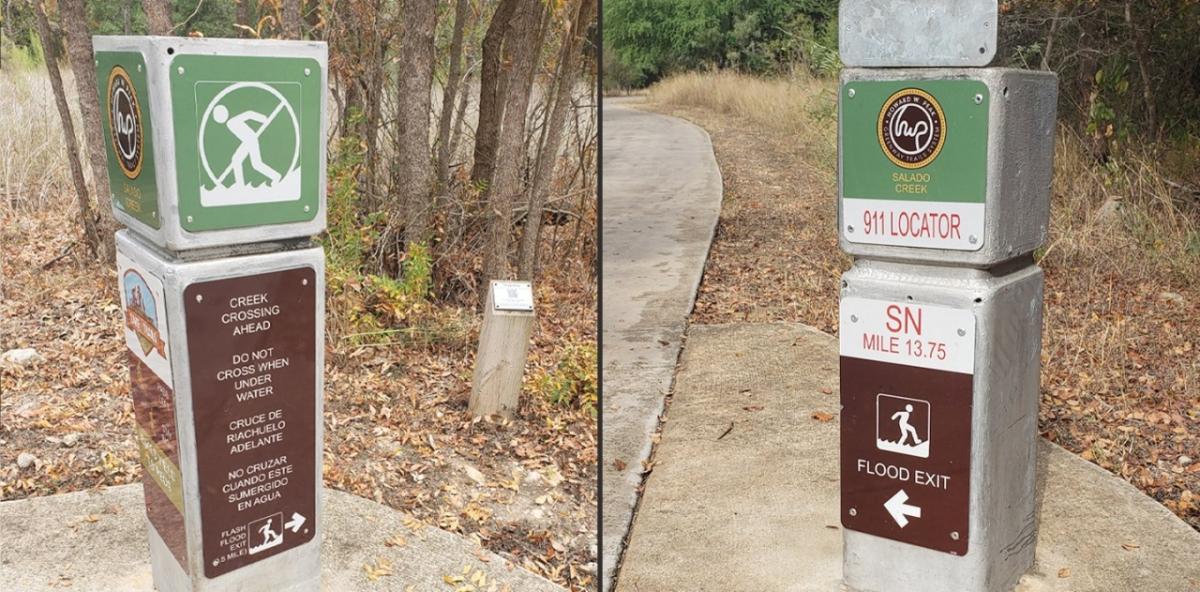A Perspective on a Future Ready City: San Antonio
WSP USA’s San Antonio office leader explores how the Texas city is becoming a model for forward-thinking, equitable approaches to modern infrastructure challenges.
The essence of being Future Ready™ is a commitment to forward thinking in a city’s approach to planning and implementing programs and projects. Solutions must satisfy today’s demands but be adaptable for tomorrow’s needs and serve multiple objectives.
Equally as important, for a city to be Future Ready it must have “historical awareness” and leadership that acknowledges past failures and adapts practices as needed to progress the community.
Prior to joining WSP USA earlier this year, I worked for nearly a decade as an engineer and executive on behalf of the City of San Antonio, an organization with more than 12,000 employees across 30-plus departments that serve a community of 1.5 million people.
In my tenure, I experienced what many know—public agencies operate 24/7 and are generally under-resourced and overburdened. In the seventh largest city in the U.S., it’s easy to understand how daily community concerns can distract from the bigger picture and limit understanding of how department collaboration can create a better community.
San Antonio: From Learning to Leading
San Antonio is a fantastic place to live, but “historical awareness” tells us there are still many challenges to overcome. It is one of the most economically segregated communities in the U.S., obesity and diabetes are a major challenge, and we are still suffering from past systemic land use policy inequities. City leadership is focused on these challenges now, and progress is being made.
With that in mind, it becomes clear that creating a Future Ready™ community is about more than just fixing failing infrastructure. Communities need to recognize the intersection of challenges and opportunities and incorporate multi-use, future-proof infrastructure that delivers multiple benefits. With limited resources, agencies must prioritize investments, and true alignment among all departments needs to be established to create a shared vision or goal.
San Antonio’s Howard Peak Greenway Trail System is a testament to a shared vision for multi-use infrastructure, and local agency cooperation among the City of San Antonio, Bexar County and the San Antonio River Authority (SARA), which all share responsibility in funding, delivering and maintaining the system.
The multi-use trail system comprises about 80 miles of trails throughout the city’s creeks, with another 30 miles in design or construction. The creeks are mostly ephemeral, meaning that they are wet only after a rain. Since the creeks are dry for most of the year, a public trail system is a great alternative use of that infrastructure.
Beyond recreational use, as the trail system becomes more complete and connections are made to bike infrastructure along surface streets—and in turn to public transit options—the trails will provide a viable alternative for more active forms of commuting, promoting healthier lifestyles.
The importance of multi-use infrastructure as a Future Ready component is echoed by Steve Graham, assistant general manager for SARA and a local and national leader in water quality.
“Surface water management needs to not only be holistic, linking surface water runoff to potable water usage, but also multipurpose,” Graham said. “To bring true value to a community, projects need to establish co-benefits, such as the use of green infrastructure in transportation projects to provide shade and stormwater treatment, which may also provide climate and economic benefits to the project.”
Pillars of Future-Ready Cities: Resiliency
Another critical element of Future Ready is resiliency, an often-used adjective describing aspirations of being able to recover quickly from a difficult circumstance or event. However, it is often left out of key funding decisions or project prioritization metrics.
In San Antonio, and throughout much of Texas, flooding is a significant hazard—and not just for the areas along the Gulf Coast. The region along Interstate 35 between San Antonio and Dallas is known as “Flash Flood Alley.” This area is prone to rapidly rising flood water due to steep terrain, rainfall intensity and soil types.
Although most San Antonio creeks remain dry for most of the year, one may be surprised to hear that San Antonio receives roughly the same amount of annual rainfall as Seattle—a little over 30 inches. Unlike Seattle, however, most of San Antonio’s rainfall arrives from a handful of large storm events rather than evenly distributed by frequent small storms.
Predictions for our climate indicate that rainfall will become less frequent but more intense in San Antonio, creating a risk for even more damaging flash floods. So the shift in focus to a more comprehensive way of thinking about infrastructure planning will become even more critical over time. City Council recently adopted a Climate Action and Adaption Plan that will focus on these challenges, among others.
Across Texas and likely much of the U.S., most concerns voiced by the community to policy makers generally revolve around traffic congestion rather than flooding. As a result, while significant federal and state funding is allocated for transportation, stormwater projects have largely relied on local funding.
Fortunately, more community voices are speaking up for solutions to flooding, and in 2019 the Texas State Legislature allocated $2 billion in funding toward flood mitigation, marking the first time the state has played a significant funding role in this effort.
Since San Antonio’s creeks are dry for most of the year, a public trail system has proven to serve as a great alternative use of that infrastructure.
Pillars of Future-Ready Cities: Equity
Embedding equity into project prioritization is also an essential element of being resilient and Future Ready. We can no longer just look at benefit-to-cost ratios.
Underserved areas will continue to be overlooked if communities simply rely on land value to measure the benefit to the cost of the project. To measure the true “benefit” of a project, social inequities such as race and income should be considered when evaluating potential projects.
There are many areas of San Antonio where residents may not be able to bounce back from a flood, let alone “bounce forward” to a more resilient, better normal. In some parts of the community, homeowners do not have the economic means to recover from as little as one inch of water in their house and could become homeless, while in other parts of the city, a small flood may just accelerate an already planned remodel.
Should a project in a socially depressed area be overlooked simply because it appears to be more expensive based on the value of their home? Strikingly, there is often a strong correlation of these areas to past systemic land use inequities such as “redlining.”
The Howard Peak Greenway Trail System features 80 miles of trails throughout the city’s creeks, with another 30 miles in design or construction.
Developing a Benchmark
The infrastructure we build today must meet today’s needs but be forward looking and adaptable to what tomorrow may bring.
San Antonio has already been referred to as a “city of the future,” based on its diverse population, generally low housing costs and economic opportunity. This has also contributed to the city being identified as one of the fastest growing major cities in the U.S. In fact, between 2010 and 2040, the population is expected to nearly double.
If San Antonio continues to nurture its strengths and address its shortcomings with honesty, openness and progressive solutions, other cities will continue to look at San Antonio as a benchmark as it continues to develop and thrive as a Future Ready community.
Owning the Future Ready designation is not boasting about the cost of the project we build or the height of the building we design; it’s about helping our communities become resilient and prosperous. Becoming Future Ready is about improving society.
Early in my career as a civil engineer, I was simply focused on completing projects within the schedule and budget provided, and then moving on to the next one. It wasn’t until having historical awareness—with the help of the City’s Office of Equity—that I really began to understand that capital projects are not about the infrastructure itself, but about how they improve life within our community. Our work is about people first, not projects. I now see the true meaning of being a “civil” engineer, and how that perspective can help shape a more Future Ready society.
Art Reinhardt is the office lead for the San Antonio office of WSP USA. He is the former deputy director of transportation and capital improvements for the City of San Antonio.
[To subscribe to Insights, contact the editorial staff at insights@wsp.com.]




